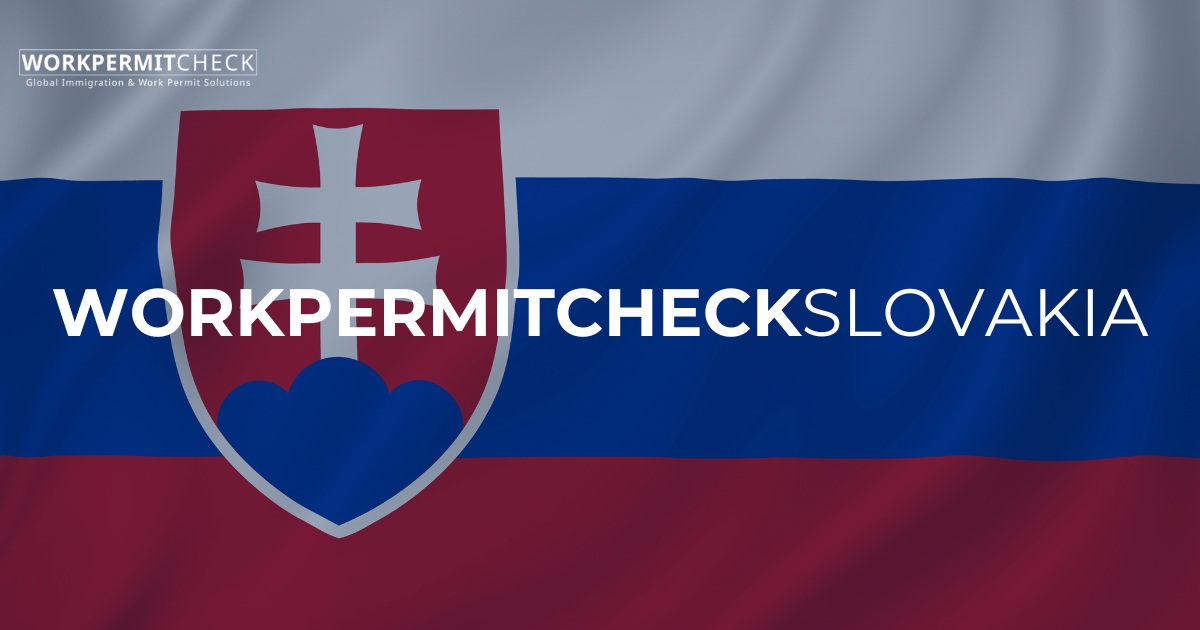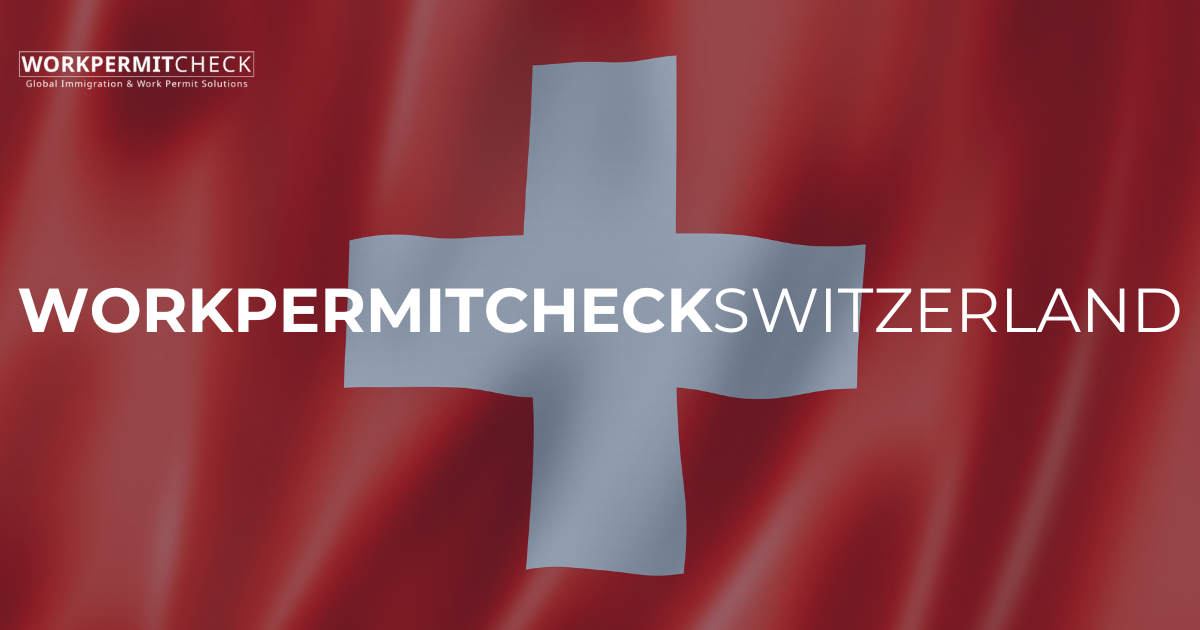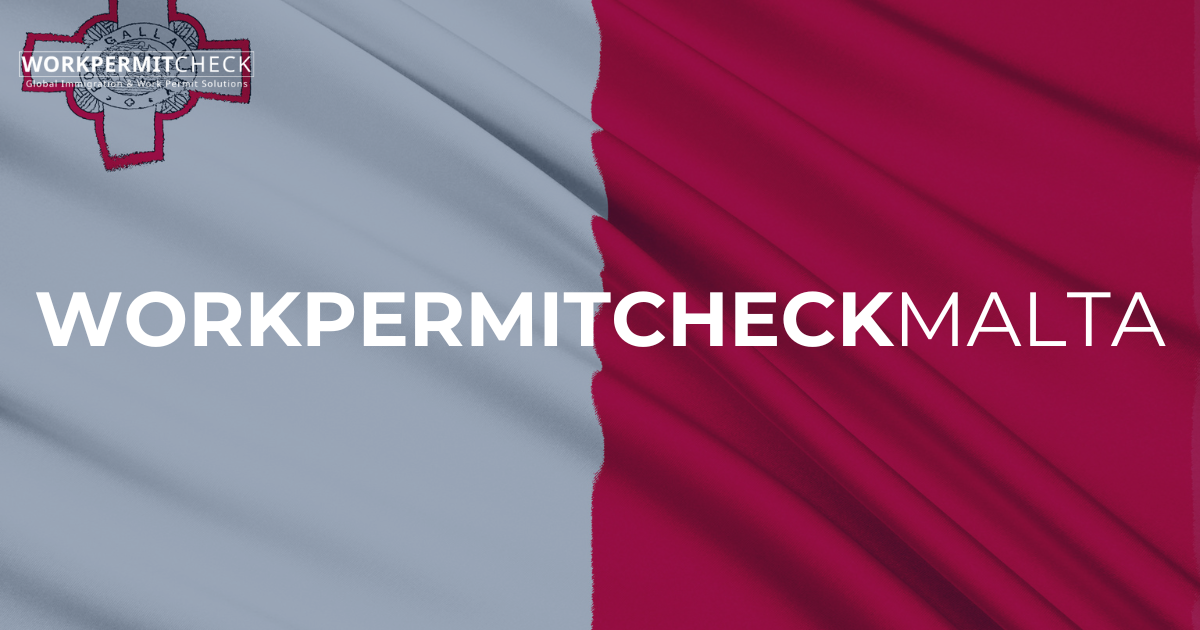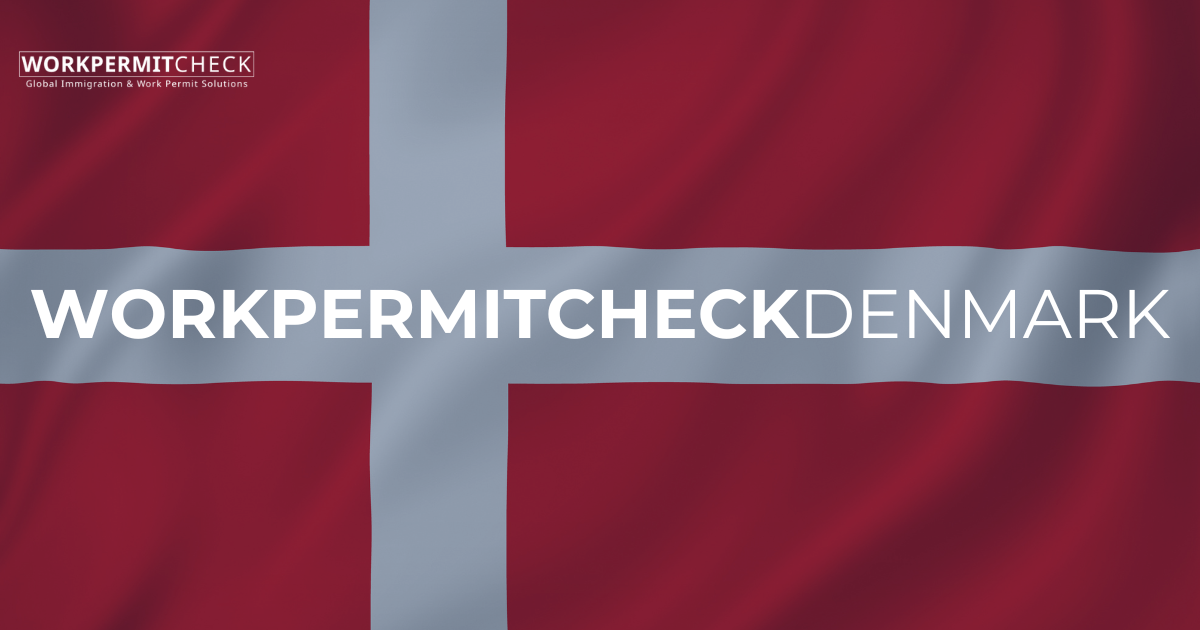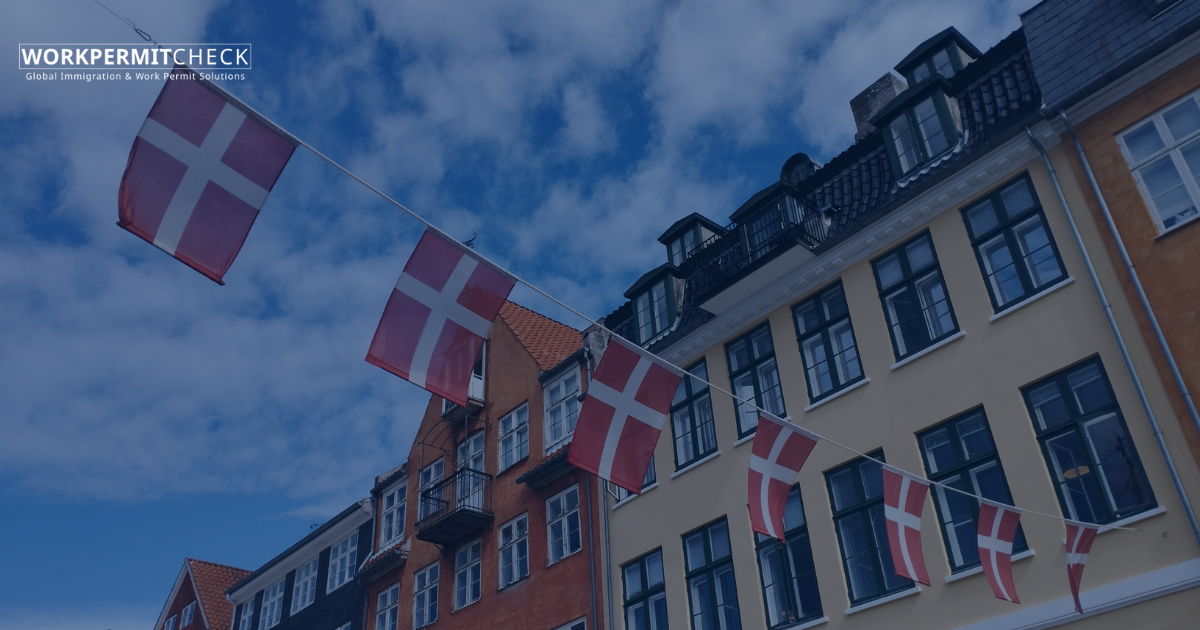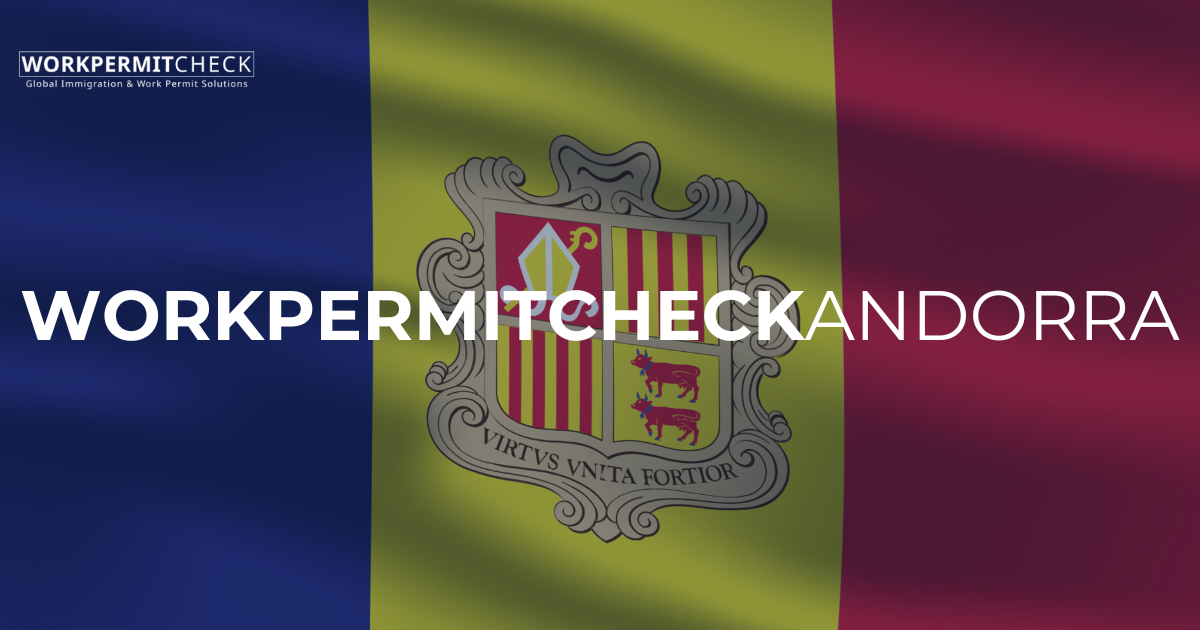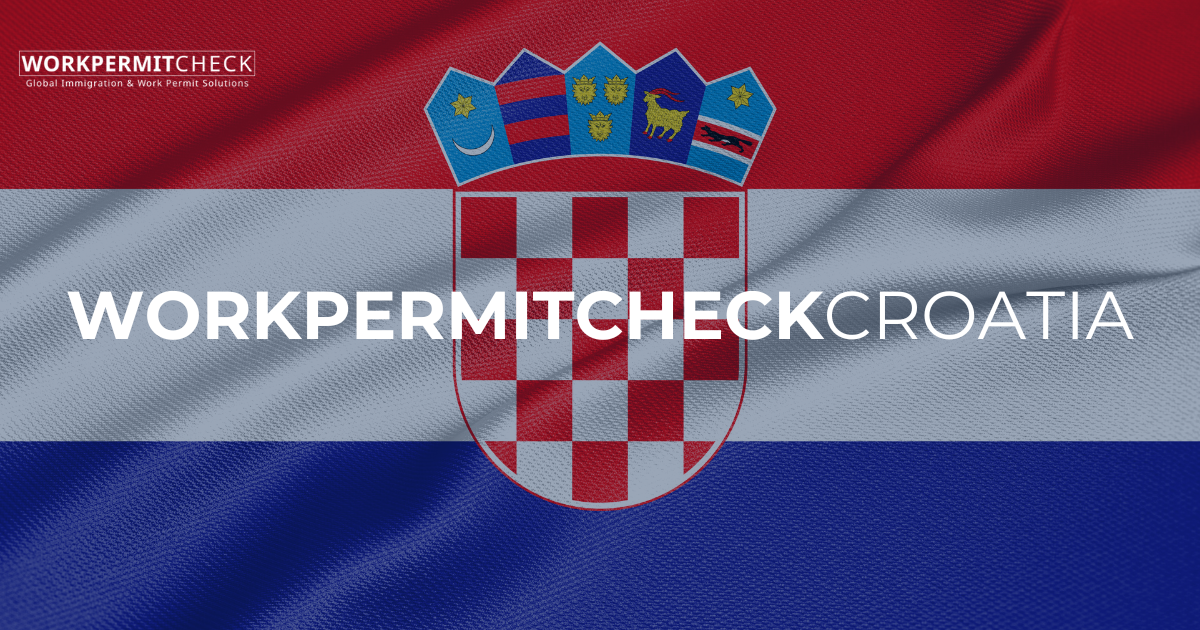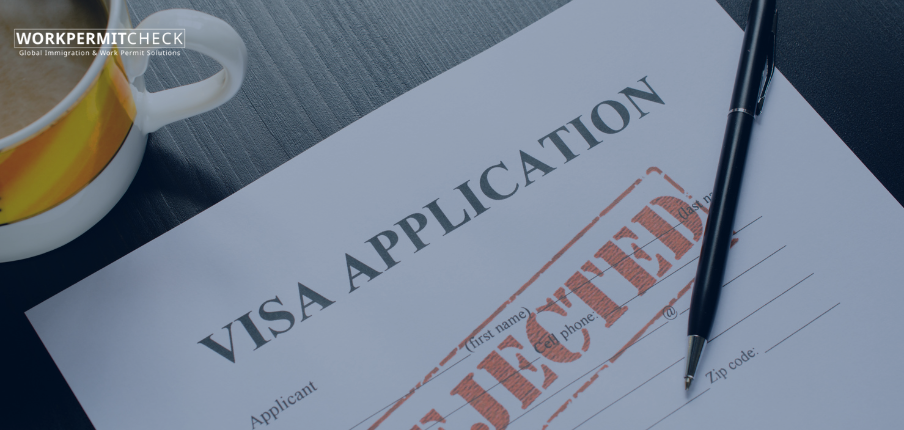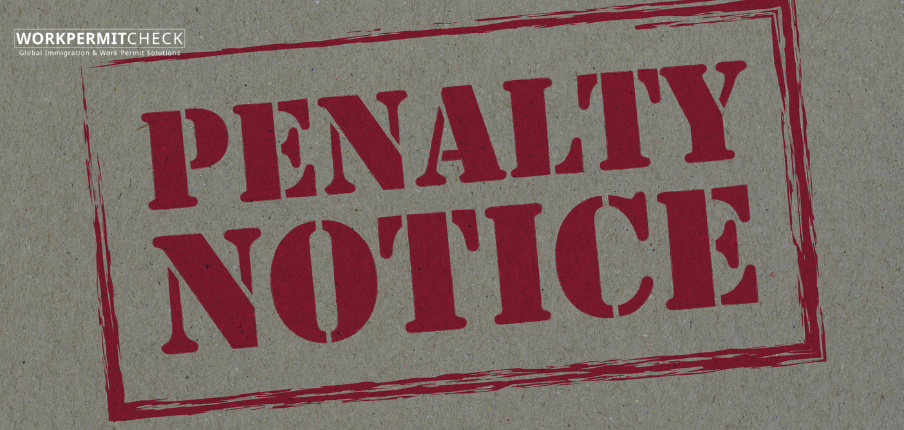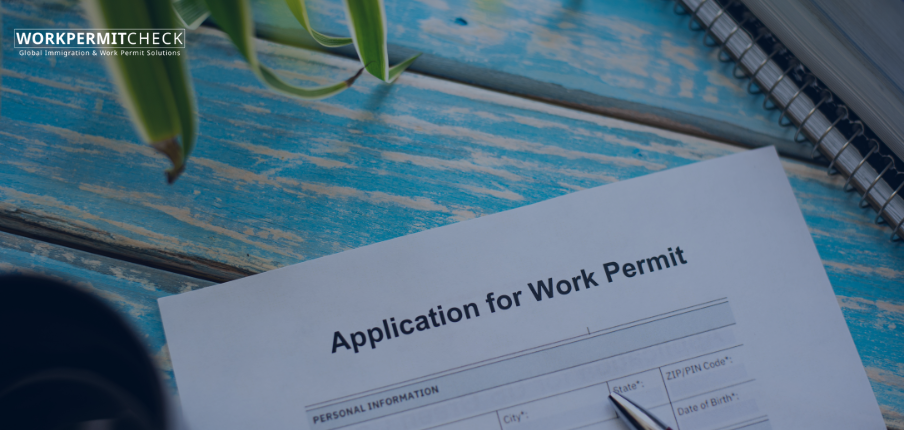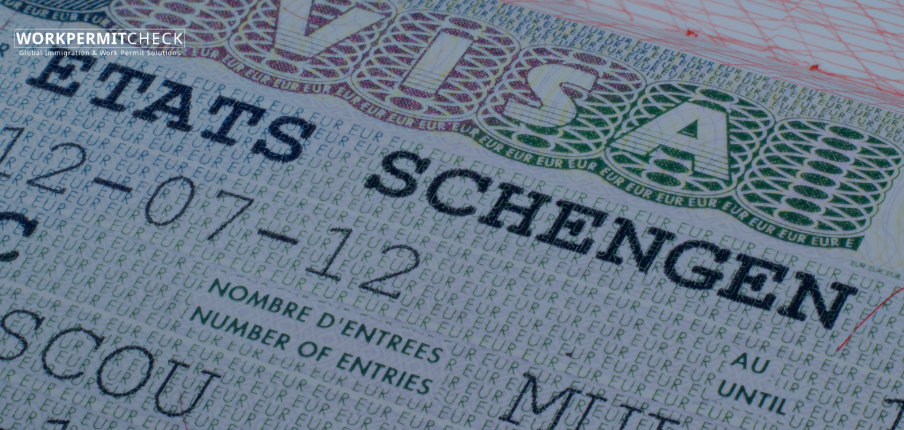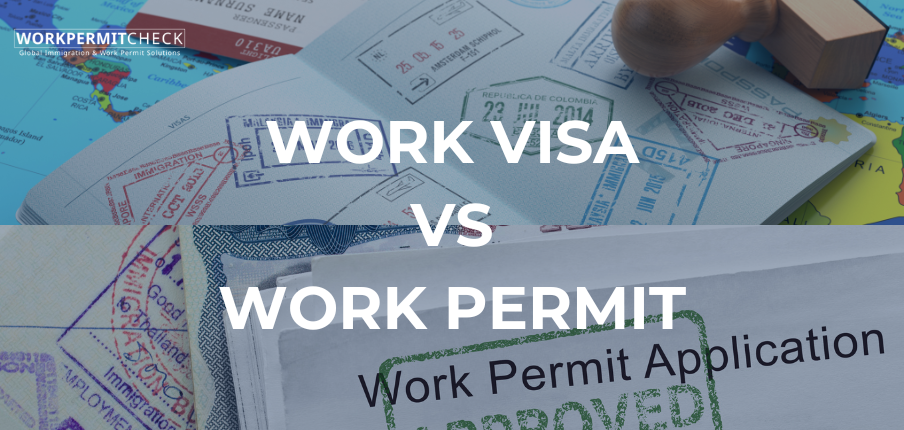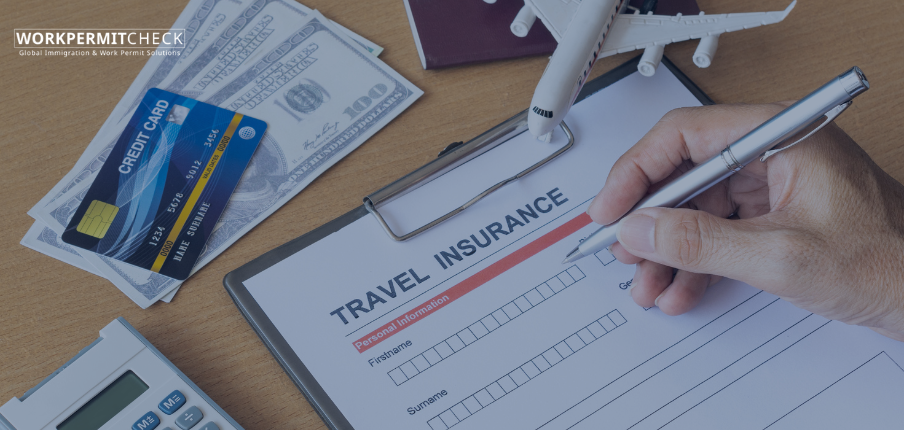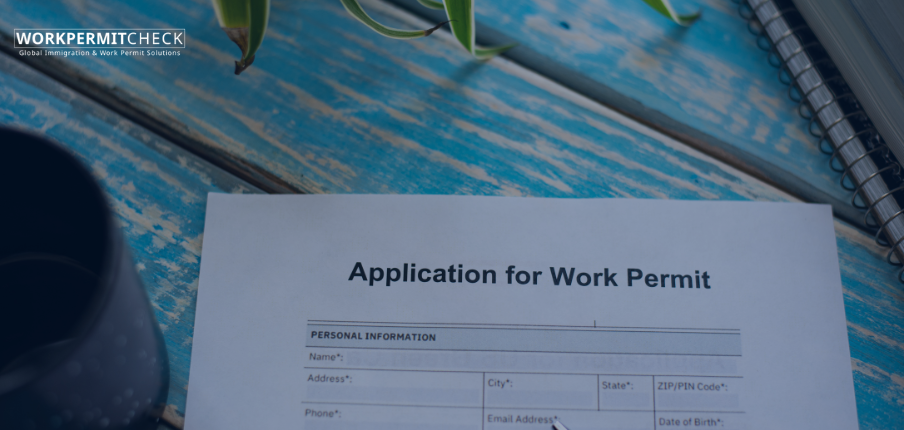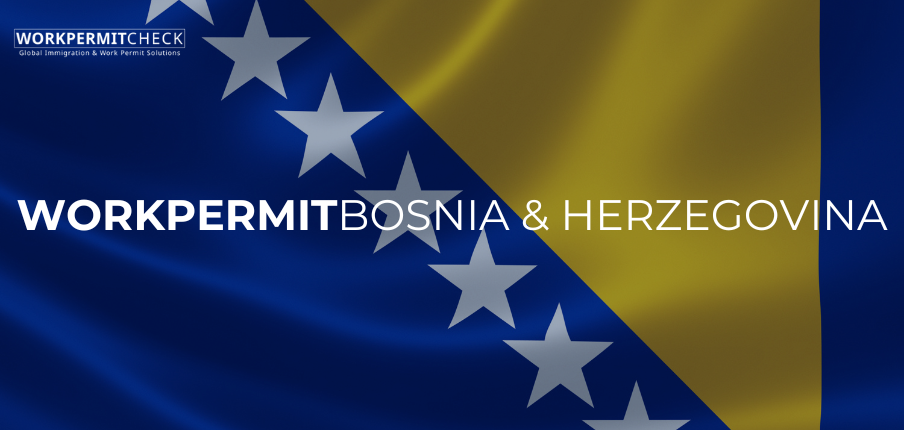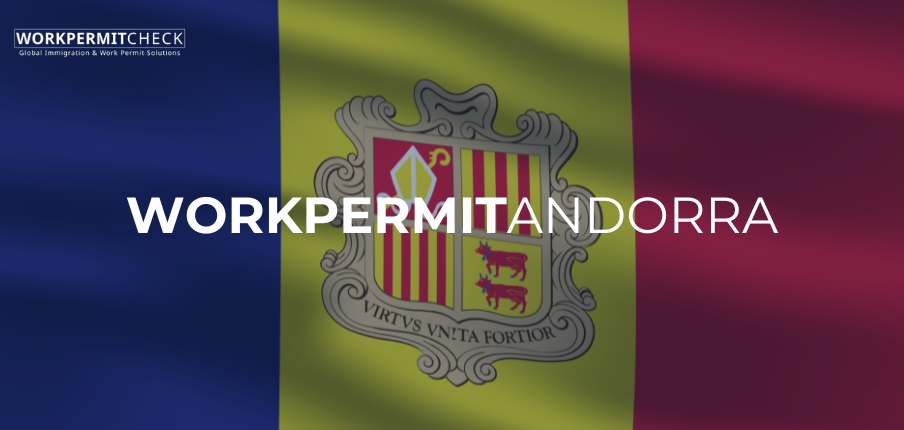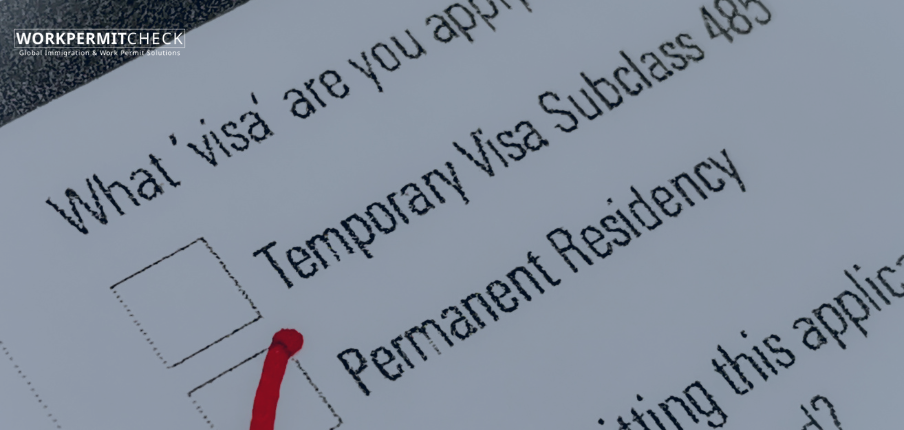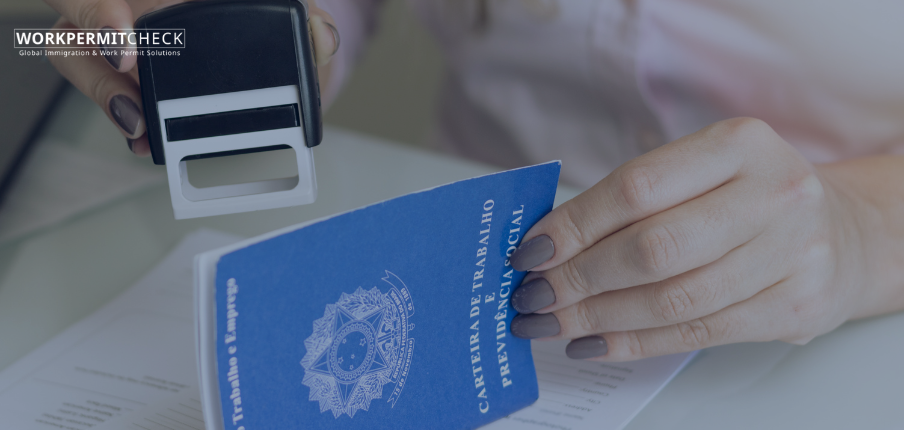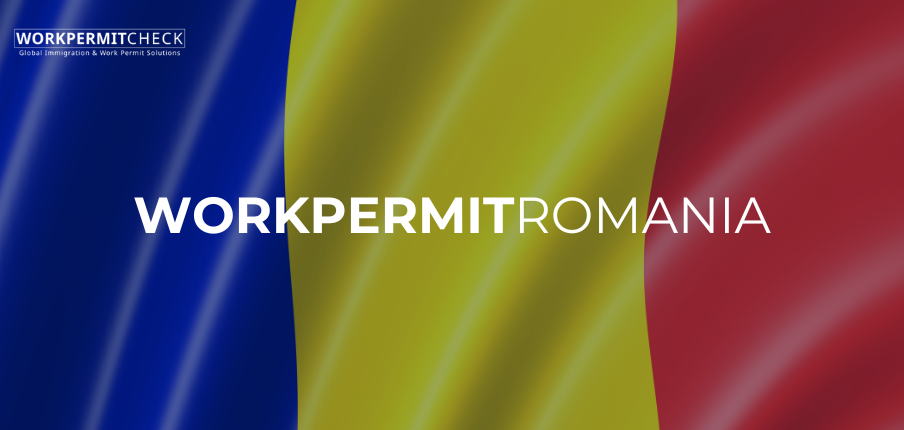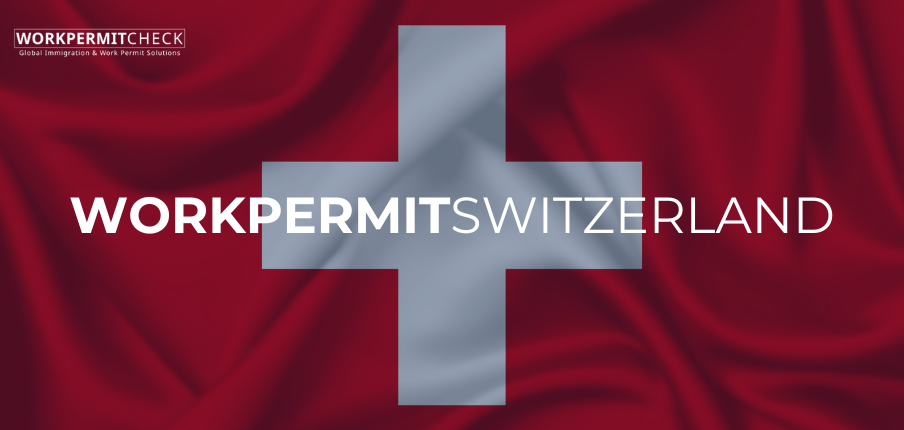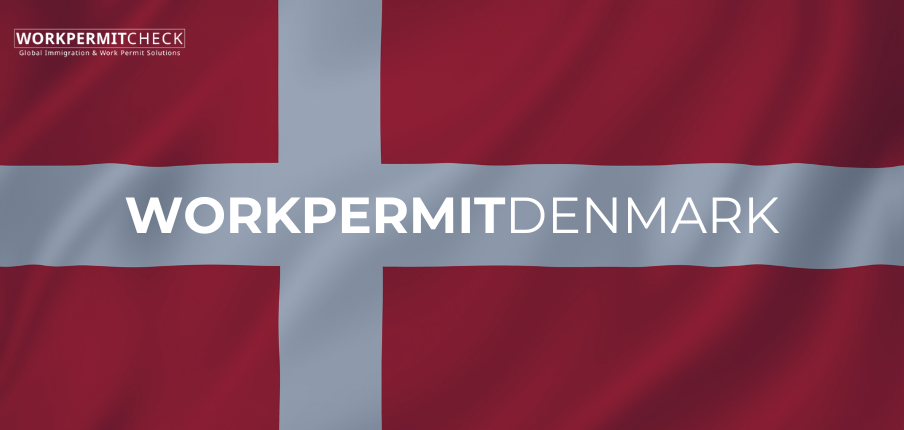Sweden is a highly attractive destination for international professionals, offering a strong economy, high quality of life, and numerous career opportunities. If you're planning to work in Sweden, obtaining a work permit is a crucial step. This guide walks you through the process, types of permits, eligibility criteria, and key steps to apply.
1. Who Needs a Work Permit in Sweden?
Most non-EU/EEA/Swiss nationals require a work permit to be employed in Sweden. If you are from the EU, EEA, or Switzerland, you do not need a work permit but must register with the Swedish Tax Agency (Skatteverket) if staying long-term.
Some exceptions apply for:
-
Students with a valid residence permit allowing part-time work.
-
Researchers with special visas.
-
Intra-company transferees under specific conditions.
2. Types of Work Permits in Sweden
Sweden offers different types of work permits based on the nature of employment:
A. General Work Permit
For professionals with a job offer from a Swedish employer that meets salary and employment condition requirements.
B. EU Blue Card
For highly skilled professionals with a higher education degree and a salary above a set threshold. Provides easier family reunification and mobility within the EU.
C. ICT (Intra-Company Transfer) Permit
For employees transferred within multinational companies, valid for a limited period.
D. Seasonal Work Permit
For temporary jobs in industries like agriculture and tourism, valid for up to six months per year.
E. Self-Employment Permit
For entrepreneurs planning to start or run a business in Sweden. Applicants must prove financial viability and business potential.
3. Step-by-Step Guide to Obtaining a Work Permit in Sweden
Step 1: Secure a Job Offer
You must first obtain a job offer from a Swedish employer that meets the country's labor market conditions, including salary and insurance requirements.
Step 2: Employer Submits the Work Permit Application
The Swedish employer must initiate the work permit application with the Swedish Migration Agency (Migrationsverket). The employer must prove:
-
The position was advertised within the EU/EEA for at least ten days.
-
The salary and employment conditions meet Swedish collective agreements.
Step 3: Application Review and Decision
The Swedish Migration Agency evaluates the application. Processing times vary but can take several weeks or months.
Step 4: Apply for a Work Visa (If Required)
If you need a visa to enter Sweden, apply at the Swedish embassy/consulate in your home country after receiving work permit approval. Required documents usually include:
-
Work permit approval letter.
-
Employment contract.
-
Valid passport.
-
Proof of accommodation in Sweden.
-
Health insurance (if applicable).
Step 5: Travel to Sweden and Register
Once in Sweden, you must:
-
Register with the Swedish Tax Agency (Skatteverket) for a personal identity number if staying long-term.
-
Obtain a residence permit card (if required).
Step 6: Extend or Change Your Work Permit (If Needed)
Work permits are usually valid for two years and can be renewed. If changing employers, a new permit may be necessary.
4. Important Considerations
-
Processing Time: Work permit decisions can take several weeks or months, so apply early.
-
Renewals & Extensions: Apply before the permit expires to avoid work disruptions.
-
Family Members: Some permits allow spouses and children to join you with work rights.
-
Permanent Residency: After four years on a work permit, you may be eligible for permanent residency.
5. Final Thoughts
Obtaining a work permit in Sweden requires careful planning and employer support. Understanding the right permit type and following the process can make your transition smoother. If you're uncertain, consulting with immigration experts or legal professionals can be beneficial.
March 24, 2025



